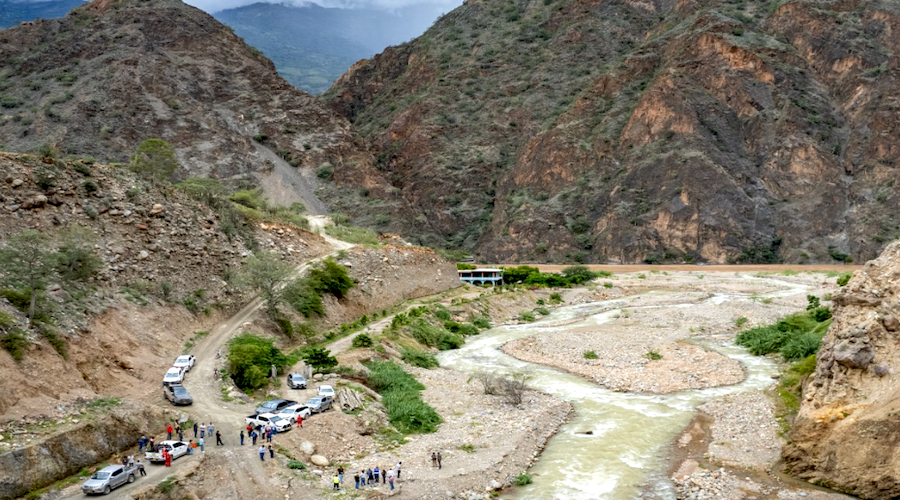Peru, one of the world’s top gold producers, is facing a significant downturn in its gold output due to a recent mining ban in a northern region plagued by escalating criminal activity. This decision comes in the wake of a tragic incident that saw the murder of 13 mine workers, highlighting the urgent need for safety and regulation in the mining sector.
The Context of the Mining Ban
The Peruvian government has declared a total mining ban in response to increasing violence in the northern mining regions. This decision was made after extensive deliberation on whether to suspend formal mining operations or target only illegal activities. Ultimately, the government opted for a blanket ban, which has drawn criticism from various stakeholders in the mining industry.
The central bank’s chief economist, Adrian Armas, has indicated that this ban will have severe repercussions. It is estimated that companies will lose approximately 60,000 ounces of gold production over the next month, translating to a loss of around $200 million at current market prices. This figure represents about 20% of the country’s total gold output for February, the latest month for which production data is available.
The Impact on Major Players
Among the companies affected, Cia Minera Poderosa stands out as the most impacted. This company operates a significant gold mine in a region that has become notorious for violence and conflict over mining rights. In February alone, Poderosa produced around 24,000 ounces of gold. However, the company has faced a grim reality, with 39 of its workers killed in recent years due to disputes over mining concessions. These ongoing conflicts have prompted the government to declare multiple states of emergency in the area.
The situation has created a precarious environment for mining operations, where the threat of violence looms large. The recent ban is a direct response to these challenges, but it raises questions about the long-term viability of mining in the region.
Industry Response and Criticism
The mining industry association, SNMPE, has voiced strong opposition to the government’s decision to impose a total ban on mining activities. They argue that only illegal operations should have been targeted, and that the government’s approach reflects a lack of understanding of the complexities involved in mining operations. The association emphasizes that halting all mining activities for 30 days poses significant environmental, operational, and social risks.
Critics of the ban fear that it may exacerbate the very issues it aims to address. By shutting down formal operations, the government may inadvertently push miners into illegal activities, further complicating the security situation. The SNMPE has called for a more nuanced approach that balances safety with the economic realities of the mining sector.
Economic Implications
The economic ramifications of the mining ban extend beyond immediate production losses. Peru’s economy is heavily reliant on mining, particularly gold, which is a significant export commodity. The anticipated drop in output could have ripple effects throughout the economy, affecting not only mining companies but also local communities that depend on these operations for their livelihoods.
Moreover, the loss of $200 million in production could hinder the government’s ability to invest in social programs and infrastructure, further impacting the regions most affected by the ban. As the country grapples with these challenges, the need for a comprehensive strategy to address both safety and economic stability becomes increasingly urgent.
Conclusion
The mining ban in Peru highlights the complex interplay between safety, regulation, and economic viability in the mining sector. As the country navigates this challenging landscape, it faces the dual task of ensuring the safety of its workers while also safeguarding its economic interests. The coming weeks will be critical in determining how Peru’s mining industry adapts to these new realities and what measures will be taken to restore stability in a region marked by violence and conflict.




